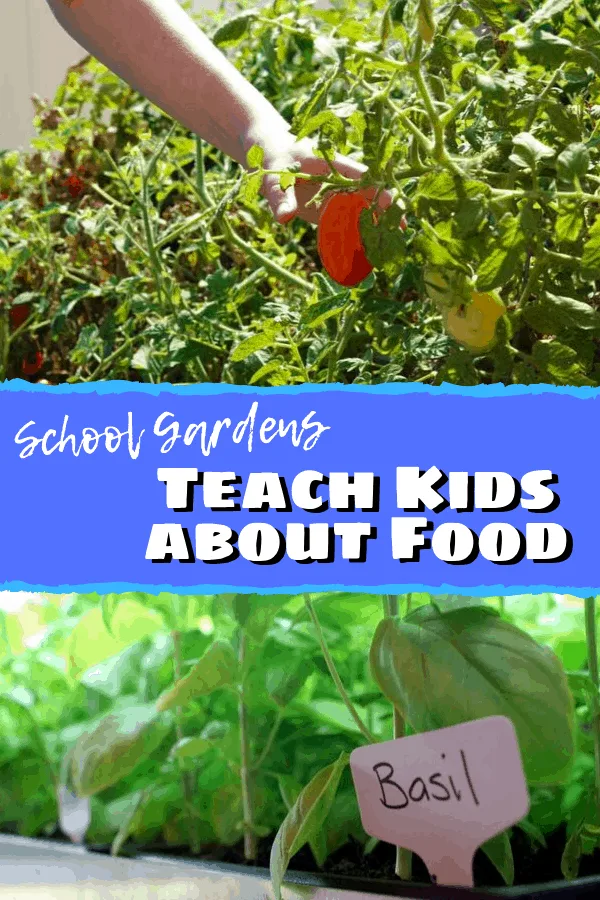Does your kid’s school have a garden? School gardens might be a lot of hard work, but they reward students with lessons you can’t get from a book.
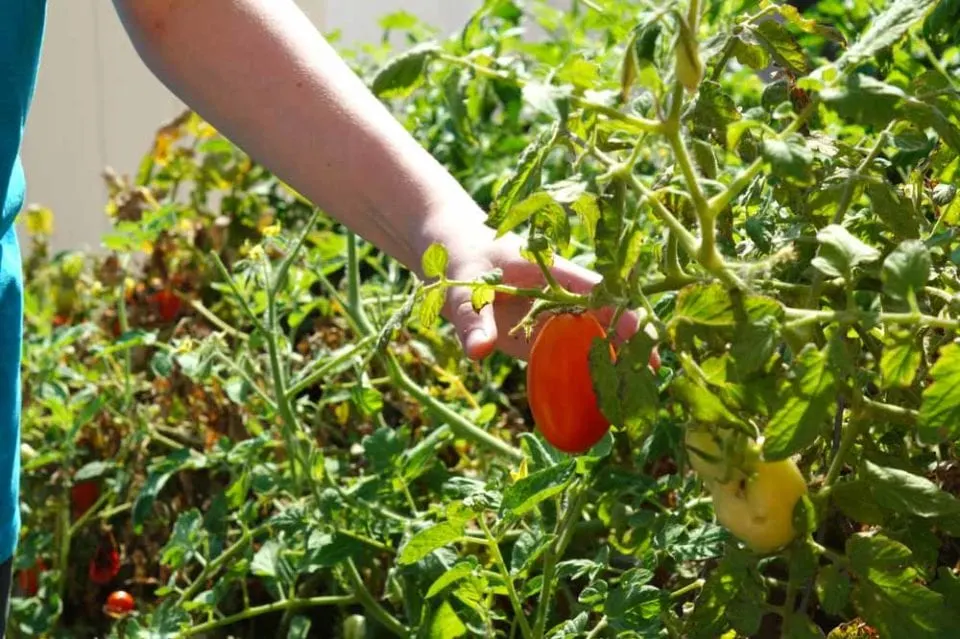
After being invited to the School Nutrition Association’s conference this summer I’ve been more curious about lunch time in my kid’s school. I asked for a tour of our district’s newest school cafeteria, then popped over to Mitch’s school to investigate the Garden Club.
This post is sponsored by the School Nutrition Association. All opinions are my own.
Choice of Fruit
I started my “behind the scene” tour with a Rockwood elementary cafeteria. I watched as the cafeteria staff set up trays with the day’s hot entree and veggie, leaving the rest of the tray open so kids could select their favorite side. Today they could choose from a fresh salad, diced fruit or big slice of juicy watermelon.
The watermelon was the clear winner!
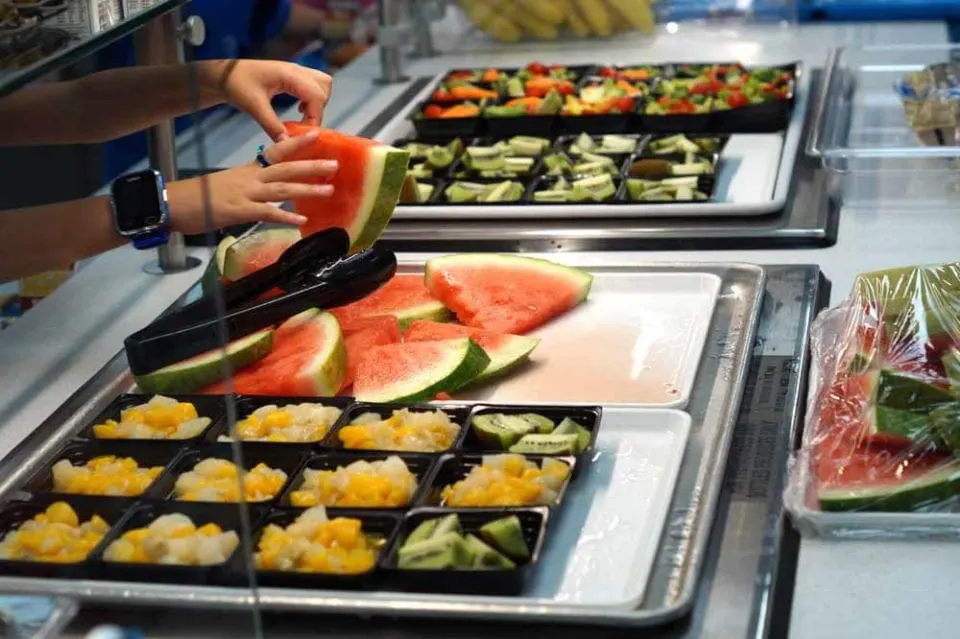
It’s no wonder the watermelon was so popular–it’s so fresh because it came from the farm to school program! Rockwood–like a lot of schools these days–buys seasonal fruit and veggies from a local farm. Our watermelon was grown by Three Girls and a Tractor, located in Warren County. The farm (named for the family’s three kids) grows all kinds of veggies and melons and sells them to area schools and CSA programs.
Three Girls and a Tractor is an awesome part of the Farm to School program and a real winner for everyone! Kids get farm fresh produce, which always tastes better and the farm gets a huge customer.
Garden Clubs Grow Knowledge
Some students get really hands on when it comes to lessons in nutrition.
About half of our district’s school have Garden Clubs. These after school clubs are a really great way for students to learn where their food comes from. Sure, our kids know parents go to the grocery store to buy food…but do they know where the store gets all their tasty offerings?
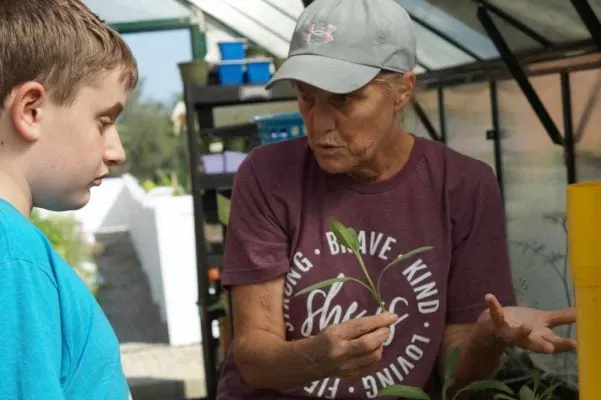
Mitch and I stayed after school one day to hang out with the Garden Club. They grow vegetables like broccoli, peppers and lettuce–from seed! In early spring the kids start plants from seeds in the school’s greenhouse–herbs are grown there year round. Later the plants are transferred to raised beds on the side of the school building.
And it’s not just the life cycle of a green pepper their learning about! The students used their STEM skills to engineer an automatic watering system so the plants are well tended throughout the week.
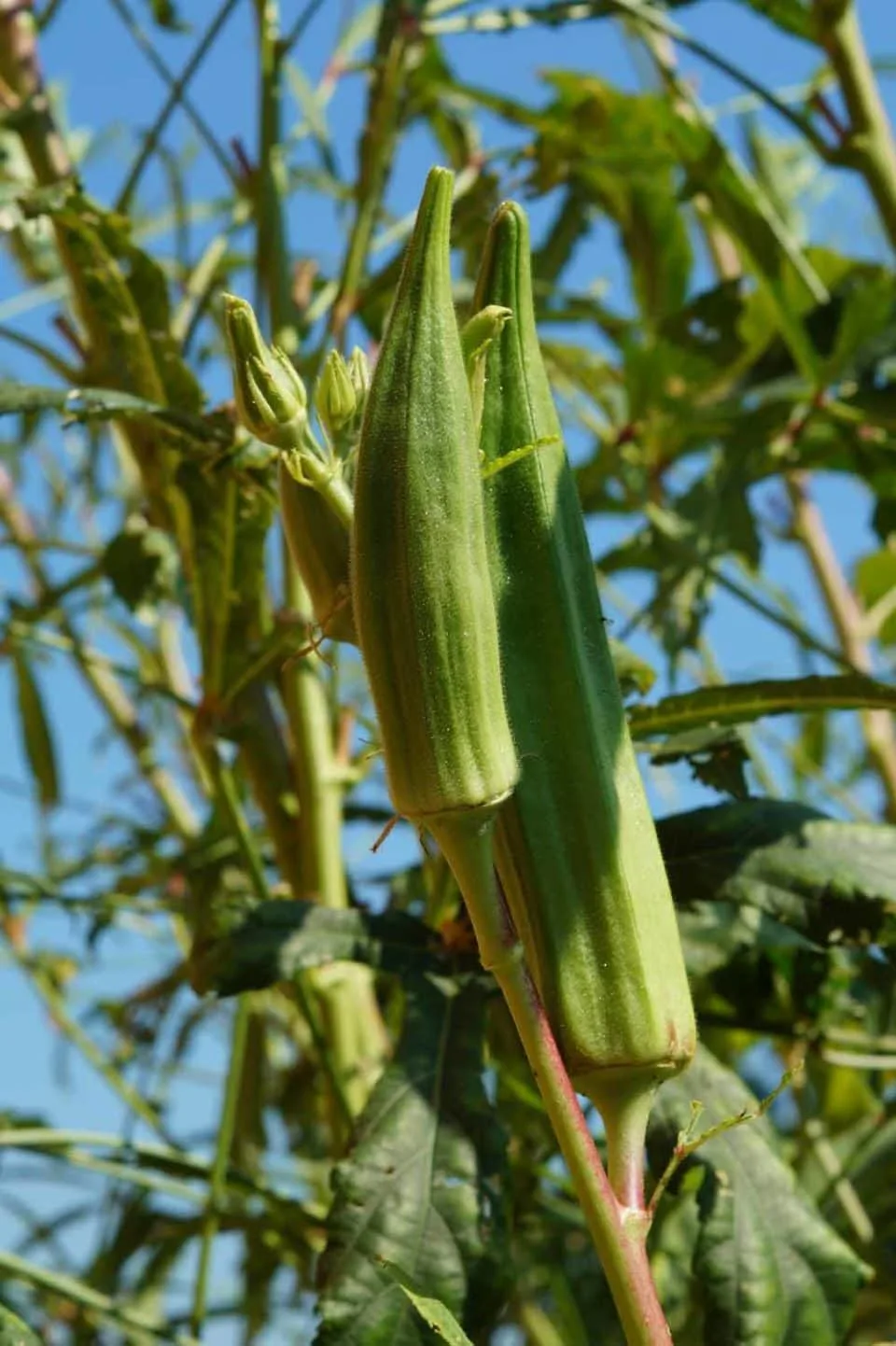
Our middle school club meets once a week to tend the plants and harvest veggies. Kids get to take the produce home, but they also share their bounty with the school’s Got Your Back Pack program–a food pantry that provides nutritious food for kids in need to take home.
Our cafeteria manager helps with the school garden and uses the tomatoes in the school salad bar. She also collect herbs from the garden to use in lunch menus.
Garden clubs take a lot of work and need dedicated volunteers to help supervise and educate the students. If you’re interested in help your school build a garden, talk to your principal!
Mobile Gardens Brings the Learning Inside
Traditional outdoor gardens are great, but they do require a lot of after school volunteer effort to keep them going.
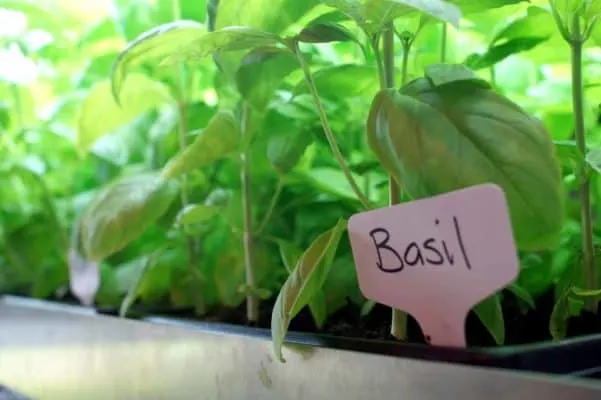
Rockwood is going to test a new approach to teaching kids about food sources–mobile indoor gardens! When I toured the School Nutrition Association’s conference this summer with a couple dietitians from my school district, we were excited to learn about a mobile garden system the school wanted to purchase.
The plan is to test the mobile garden in one elementary school, and if it works well, they could get more for our other schools.
The mobile garden is basically a rolling shelving unit with trays for plants and hung with grow lights. It can be rolled into different classrooms for lessons, or just pushed out of the way when students are not interacting with it.
Kids plant the seeds and watch herbs and greens grow year round. When the plants are ready for harvest they can be sent to the cafeteria to be used in a recipe, or sold to parents at a school event and become a lesson in economics!
